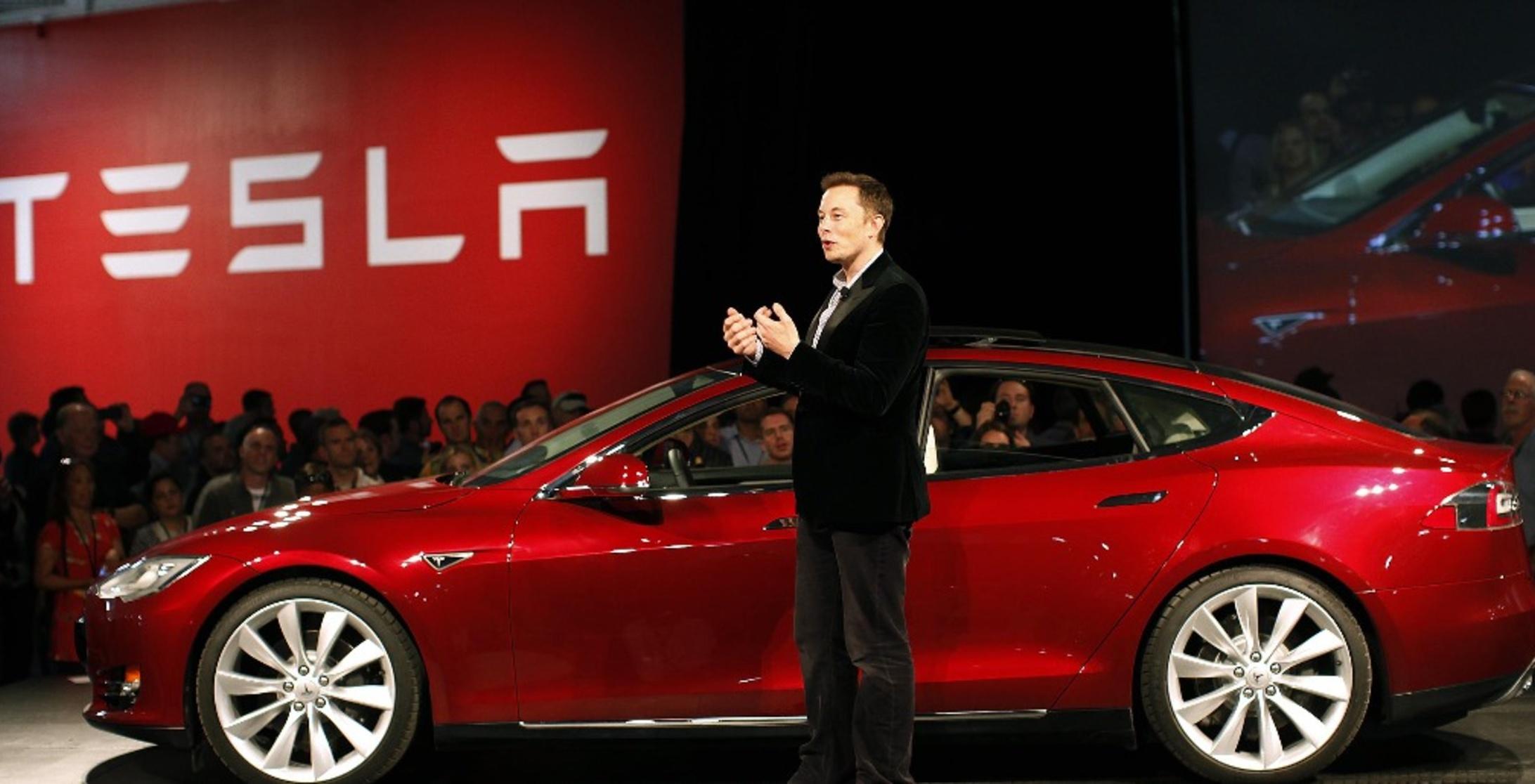
- Stocks
Tesla to hold a presentation on Thursday
Do you want to know how to make money from this?
Register for free and get expert advice, access to a training course and webinars.
Key points:
- Investors expect the robotaxi project to significantly boost Tesla’s market capitalization.
- Despite positive expectations, the high degree of uncertainty surrounding the robotaxi project could lead to significant fluctuations in Tesla’s stock price.
- Tesla’s success in the robotaxi field will depend on its ability to outperform competitors such as Waymo, Cruise, and Zoox.
Tesla will be on the verge of a key development phase this coming Thursday. On that day, CEO Elon Musk will give a presentation at Warner Bros. Studios in Hollywood, unveiling the long-awaited robotaxi project. Despite waning optimistic forecasts for the electric vehicle market, this ambitious project has breathed new life into the company’s stock.
Investor expectations
Elon Musk introduced the ambitious Tesla Cybercab project—a fully autonomous vehicle designed to integrate into the taxi platform. Tesla vehicle owners will have the opportunity to earn extra income by offering their cars as self-driving taxis for public use, a concept Musk compared to a hybrid of Airbnb and Uber.
Tesla is actively developing a camera-based and AI-driven autonomous driving system, bypassing expensive LiDAR and radar technologies widely used by competitors in this field. According to Musk, this approach will significantly reduce production costs and accelerate the company’s entry into the robotaxi market.
Investors are highly interested in the Cybercab project, as Musk predicts that this business could increase Tesla’s market capitalization to $5 trillion. However, to meet these optimistic forecasts, the company must present a working prototype and develop an effective mass production strategy.
In 2019, Musk said he was “absolutely certain” that the company would have a functioning robotaxi by the following year. This year, he shelved plans for a new affordable vehicle in a sharp pivot toward robotaxi development. Tesla “should be seen as an AI robot company,” rather than as an automaker.
Why is this conference important for Tesla?
In 2019, Elon Musk expressed absolute confidence that Tesla would introduce a functioning robotaxi the following year. However, this year, the company made a significant shift in strategy, postponing plans for a new affordable vehicle in favor of accelerating robotaxi development. Musk stated that Tesla should be viewed not as a traditional car manufacturer but as a company specializing in AI-powered robots.
The upcoming event, titled “We, Robot,” a nod to Isaac Asimov’s famous collection, has generated huge anticipation. Investors and the public are eagerly awaiting details about the robotaxi project. Tesla’s stock, which had previously been impacted by concerns about competition from other electric vehicle manufacturers, has risen nearly 50% since April following the announcement of the strategy shift. However, despite the positive momentum, significant volatility in Tesla’s stock is expected in the near future due to uncertainty surrounding the robotaxi project.
The experience of other companies like Alphabet’s Waymo, General Motors’ Cruise, and Amazon’s Zoox shows that bringing autonomous vehicles to market is a complex and costly process, involving various technical and regulatory challenges.
To reduce robotaxi development costs, Tesla has decided to forgo the use of additional sensors and rely solely on cameras. This allows the company to utilize the existing Model 3 and Model Y platforms for the first generation of Cybercab. Additionally, Tesla is actively using data collected from millions of cars to continuously improve its autonomous driving technologies.
Do you want to know
How to make money from the news
Register for free and get:
- Expert consultation;
- Access to the training course;
- Opportunity to participate in webinars

